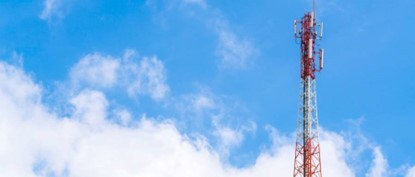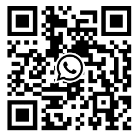In the Internet of Things (IoT) and remote sensing applications, it is crucial to choose the appropriate wireless communication technology. The LoRa (low-power WAN) module attracts much attention because of its low-power consumption, long-distance communication, and wide coverage. This paper explores the communication range of the LoRa modules and compares it with other wireless communication technologies such as Wi-Fi and Bluetooth.

Communication range of the LoRa module
The LoRa technology adopts a method called spread frequency modulation, which enables it to achieve a far communication range under low power consumption conditions. Here are the key factors affecting the range of LoRa communication:
1. Working frequency
LoRa modules usually operate in different frequency bands, such as 433 MHz, 868 MHz, 915 MHz, etc. Lower frequency bands usually have a further communication range, but correspondingly lower data transmission rates.
2. Transmission power
The LoRa module supports adjustable transmission power, allowing adjustment of the communication range to the specific application requirements. Higher transmission power usually means a further communication distance, but requires more energy.
3. Receiving sensitivity
The high reception sensitivity of the LoRa module enables it to receive signals in a lower signal-NR environment, further expanding the communication range.
4. The antenna performance
Excellent antenna design can improve the communication performance of the LoRa modules, especially in complex environments.
Comparison of LoRa with Wi-Fi, and Bluetooth
1. Communication range
LoRa: Provide a large communication range, several kilometers to tens of kilometers.
Wi-Fi: usually in the range of tens to 100 meters, limited by high power consumption and high data transmission rate.
Bluetooth: Usually in the range of 10 to 100 meters, suitable for near-field communication.
2. Power consumption
LoRa: Known for its low power consumption, it is suitable for long-life battery power supply devices.
Wi-Fi: High power consumption, suitable for applications that require a high data transmission rate.
Bluetooth: Low power Bluetooth (BLE) is suitable for low power applications, but at a low transmission rate.
3. Data transmission rate
LoRa: lower data transmission rate, suitable for periodic, low-frequency data transmission.
Wi-Fi: to provide a high data transmission rate, suitable for video streams such as large data transmission.
Bluetooth: Provide medium data transfer rate for the transfer of smaller data packets.
With its remote communication range and low power consumption characteristics, the LoRa module becomes an ideal choice for Internet of Things applications and remote sensing systems. However, the selection of communication technology should weigh various factors according to the specific application requirements, including communication range, power consumption, data transmission rate, etc. In different scenarios, wireless technologies such as LoRa, Wi-Fi, and Bluetooth can work together to meet different levels of communication needs.
This article is reprinted by MinewSemi innovation micro
Contact: Qui
Phone: 18146178586
Tel: 18146178586
Email: qui@zonewu.com
Add: 1501-3, Building F03, Phase III, Software Park, Jimei District, Xiamen City, Fujian Province, China
